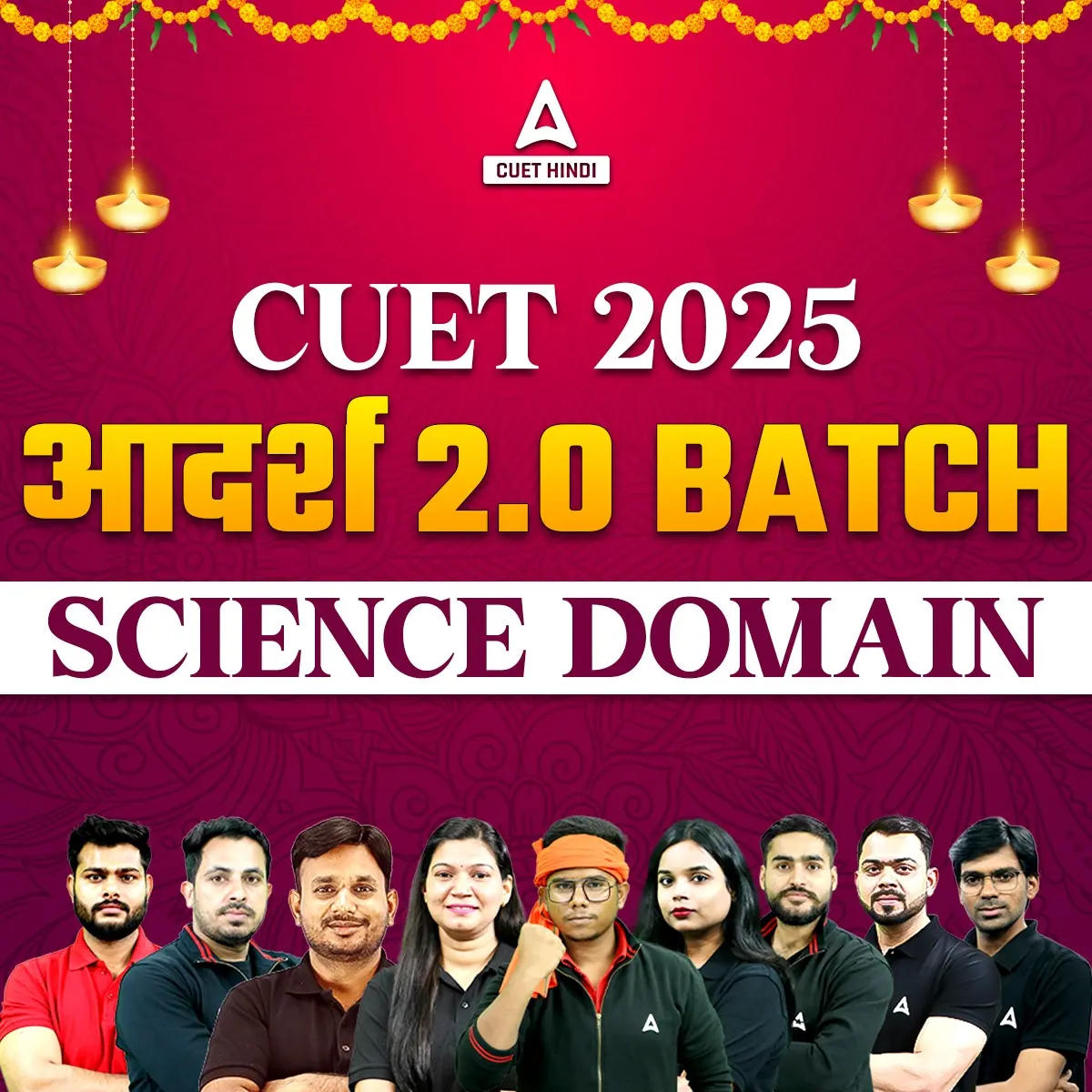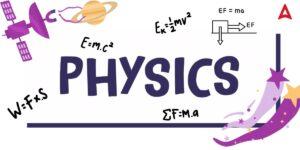Table of Contents
If you are someone planning abroad or are thinking so after your schools, then you must be knowing about the requirement of SAT exam in admission to foreign universities. The SAT is a standardized test that students must take while applying to colleges abroad. Due to the high importance of the subject, students need to score good marks in the SAT exam. Students can ace this test by preparing all the aspects of the SAT Exam Syllabus. Students can check the latest SAT exam syllabus here.
SAT Exam Syllabus
The SAT Exam Syllabus is created using subjects previously taught in schools such as English, Mathematics, and Science. The SAT exam evaluates an individual’s capacity to pursue higher education in foreign universities through these criteria. As we near 2025, the SAT test is moving from its usual setup to an entirely digital system, causing a big change in the SAT test content and studying methods. The SAT is now given digitally, bringing a clear distinction from the traditional paper-based SAT.
The SAT curriculum has evolved over the years and this is also addressed in the upcoming sections. The updated Digital SAT test offers 43% additional time per question than the previous SAT, and 68% more time than the ACT exam for answering. The new format of the SAT has been altered as well. This article discusses all the topics included in the SAT exam syllabus for each section that is assessed. But before going into the SAT exam’s syllabus details, let us first know what is SAT exam?
What is SAT Exam?
The SAT is a typical test taken for college admission in the USA and Canada. Each year, over 1.7 million candidates take this test in order to secure admission to universities in the USA and Canada. The SAT Exam measures the candidate’s skills in math, writing, and evidence-based reading. Candidates should review the SAT Exam Syllabus and all the exam subjects to gain a clear understanding of the SAT Exam. This article thoroughly explores the SAT curriculum, focusing on each section that is assessed.
SAT Exam Syllabus 2025
The SAT Syllabus consists of subjects that students have studied in their school curriculum throughout the years. The SAT exam syllabus consists of:
- Reading and writing
- Mathematics
In the past, SAT used to have separate reading and writing sections, but now there is just one combined section. Similarly, science concepts are not explicitly assessed in the same way as math in the SAT exam, but the reading and writing sections may include passages related to science topics. There isn’t a defined science section syllabus for the SAT exam.
SAT Pattern
Along with knowing the SAT exam syllabus, students should also know the SAT exam pattern. As stated earlier, the SAT exam pattern has changed after the introduction of the digital channel in the SAT exam. The proposed exam format for SAT Digital 2024 includes different sections and is shorter by nearly one hour. Take a look at the most recent format for the SAT Digital exam in 2024:
| Parameters | Reading & Writing Section | Mathematics Section |
| Format | Two-staged: one tests Reading and the other the Writing section. Both are administered across separately timed modules. | Two-staged: The math section is administered via two separately timed modules. |
|
Test length (total operational and pretest questions) |
1st module:
2nd module:
|
1st module:
2nd module:
|
| Duration of the test | 1st module: 32 minutes
2nd module: 32 minutes |
1st module: 35 minutes
2nd module: 35 minutes |
| Total number of Questions | 54 | 44 |
| Total Time Allocated to the section | 64 minutes | 70 minutes |
| Scores Reported | Total score calculation: RW + Math section scores | |
| Type(s) of Questions | Discrete; MCQs with four options | MCQ (75%) and student-produced response (SPR)(25%) |
| Topics asked in the exam | Literature, History / Social Studies, Humanities and Science | Algebra, Problem Solving & Data Analysis, Advanced Math and; Geometry & Trigonometry |
| Informational Graphics present | Tested, includes – tables, bar graphs, line graphs | Also tested |
SAT Exam Syllabus for Digital Maths
Take a look at the SAT Digital Math curriculum for the test scheduled on the next exam date in the following table.
| Maths Topics | Key areas tested in the exam | Weightage (in %) | No. of questions |
| Algebra |
|
Weightage: 35% | 13-15 |
| Advanced Math |
|
Weightage: 35% | 13-15 |
| Problem-solving and Data Analysis |
|
Weightage: 15% | 5-7 |
| Geometry and Trigonometry |
|
Weightage: 15% | 5-7 |
SAT Reading & Writing Syllabus
SAT The SAT’s evidence-based Reading and Writing section includes a reading section. There will be roughly 56 questions in the portion, which is divided into small sections with 10–11 questions each. There are four possible answers for each question. The purpose of the reading comprehension section is to assess candidates’ comprehension of written material and their ability to interpret various contexts and the terminology that go along with it. The table below provides information on the total testing areas for SAT Reading and Writing for the new Digital format, along with an in-depth explanation of each testing area.
| Subject Areas | Skills or Topics Tested in the exam | Weightage (in %) | No. of Questions |
| Craft and Structure |
|
28% | 13-15 |
| Information and Ideas |
|
26% | 12-14 |
| Standard English Conventions |
|
26% | 11-15 |
| Expression of Ideas | Rhetorical Synthesis Transitions | 20% | 8-12 |
SAT Exam Syllabus: Question Types
The level and nature of questions asked in the SAT Maths section is same as the standard class 12th exam papers. The only difference is that the questions are objective in nature. The question types asked in the Reading & Writing section of the SAT exam has been given below.
- Expression of Ideas: Students will apply their ability to edit texts to achieve particular rhetorical objectives and enhance the efficacy of written language.
- Ideas and Innovations: Students will apply their knowledge and abilities in understanding, analysis, and reasoning as well as their capacity to find, decipher, assess, and incorporate concepts and information from texts and educational images.
- Craft and Structure: Students’ vocabulary, comprehension, analysis, synthesis, and reasoning abilities as well as their ability to comprehend and apply high-utility words and phrases in context will all be evaluated. They would also need to draw links between texts that are thematically related and assess texts rhetorically.
- Standard English Conventions: Students will employ their editing abilities and knowledge to ensure that the writing complies with the fundamental rules of Standard English punctuation, usage, and sentence structure.





 NEET Botany Syllabus 2025 Out, Check Cha...
NEET Botany Syllabus 2025 Out, Check Cha...
 CUET Science Syllabus 2025 Out, Download...
CUET Science Syllabus 2025 Out, Download...
 CUET Physics Syllabus 2025 PDF Download ...
CUET Physics Syllabus 2025 PDF Download ...










